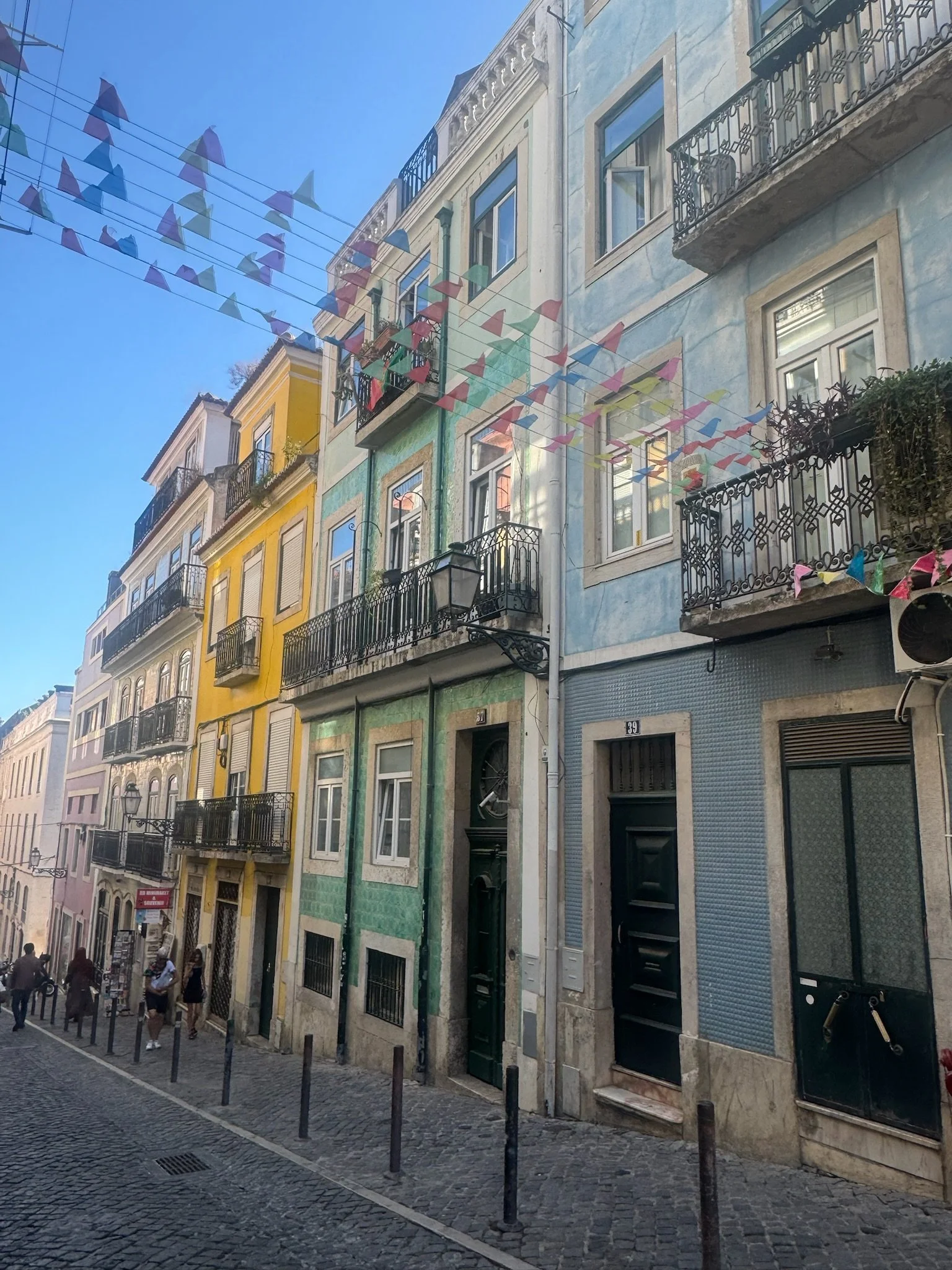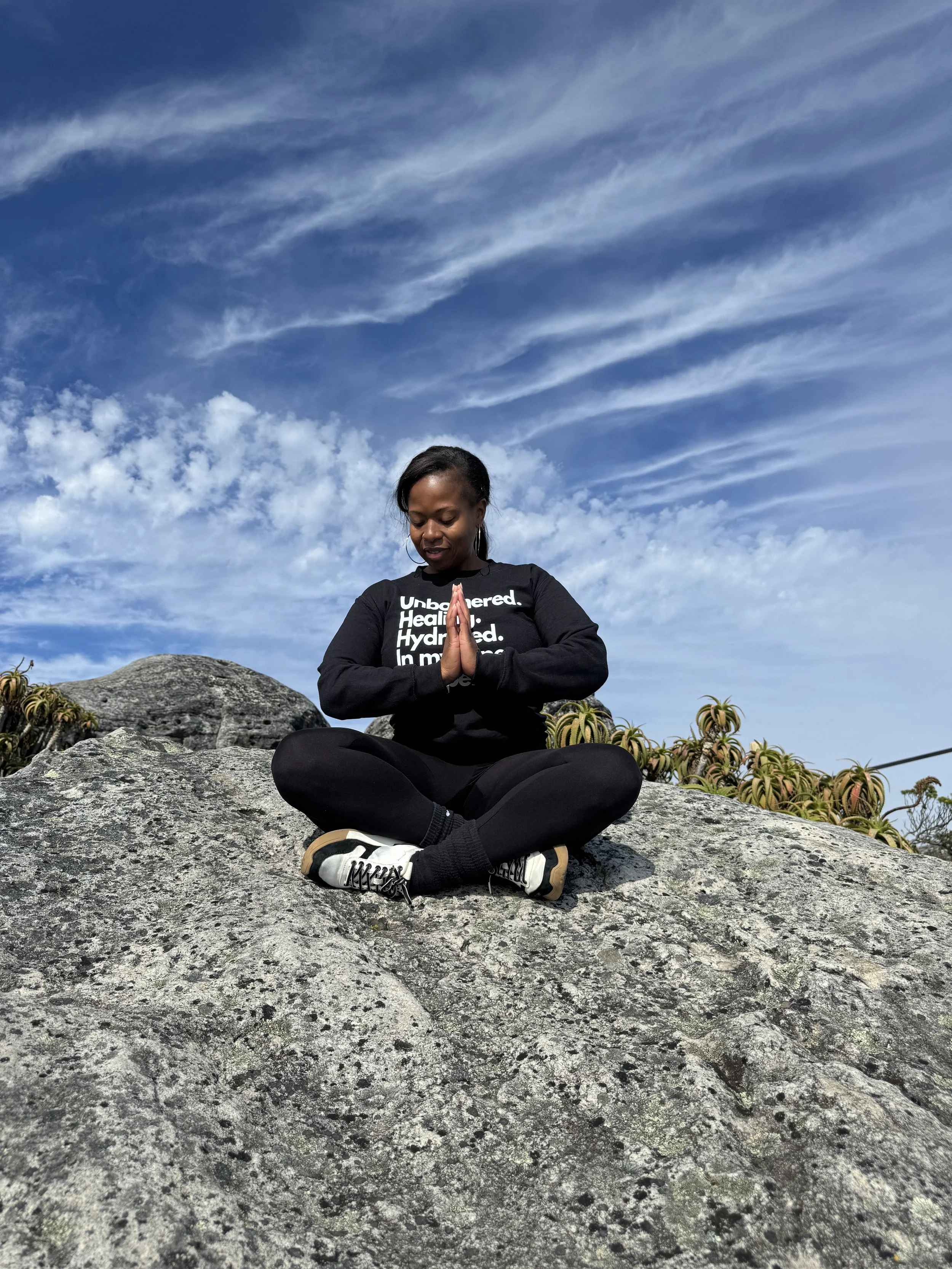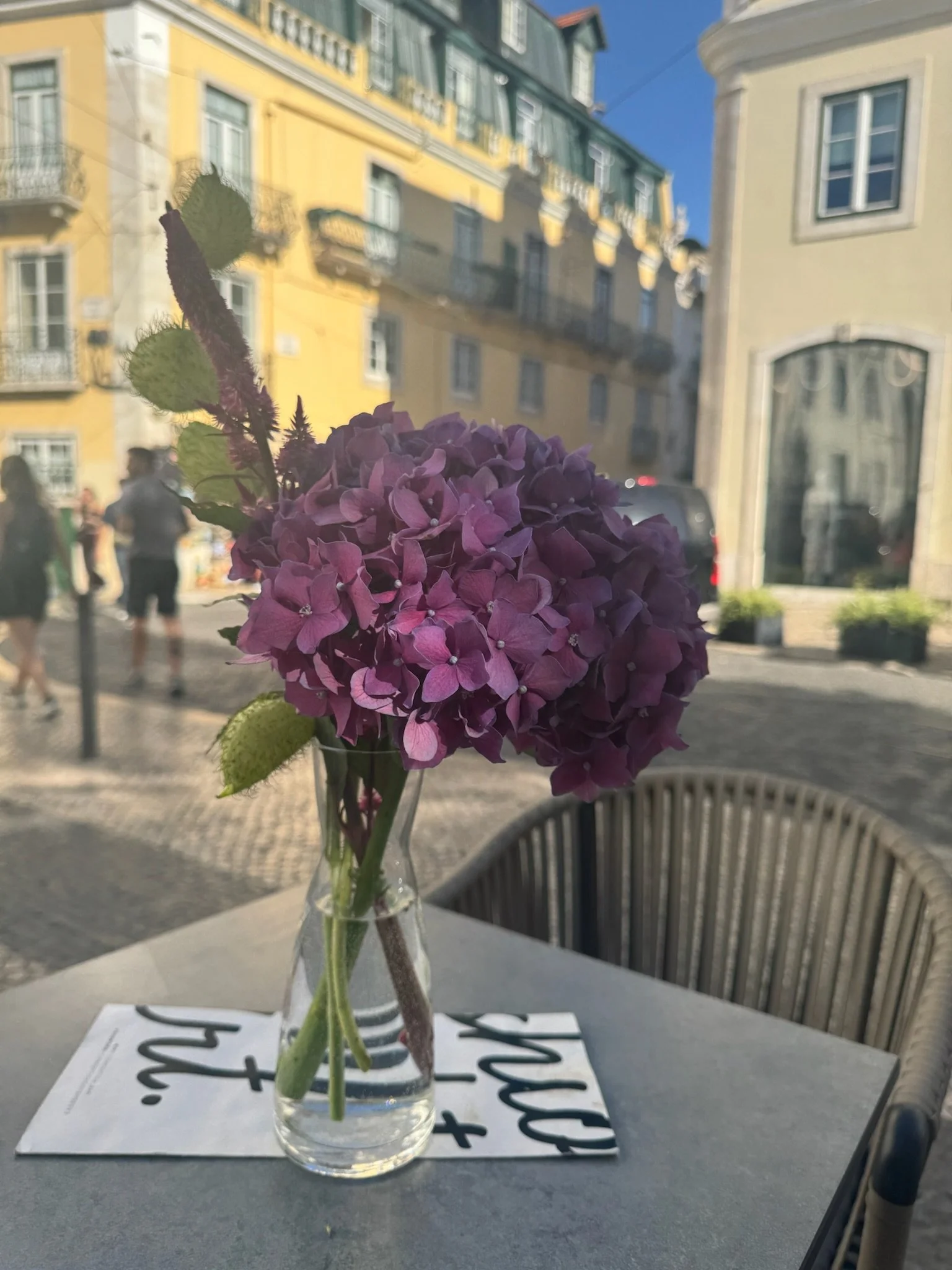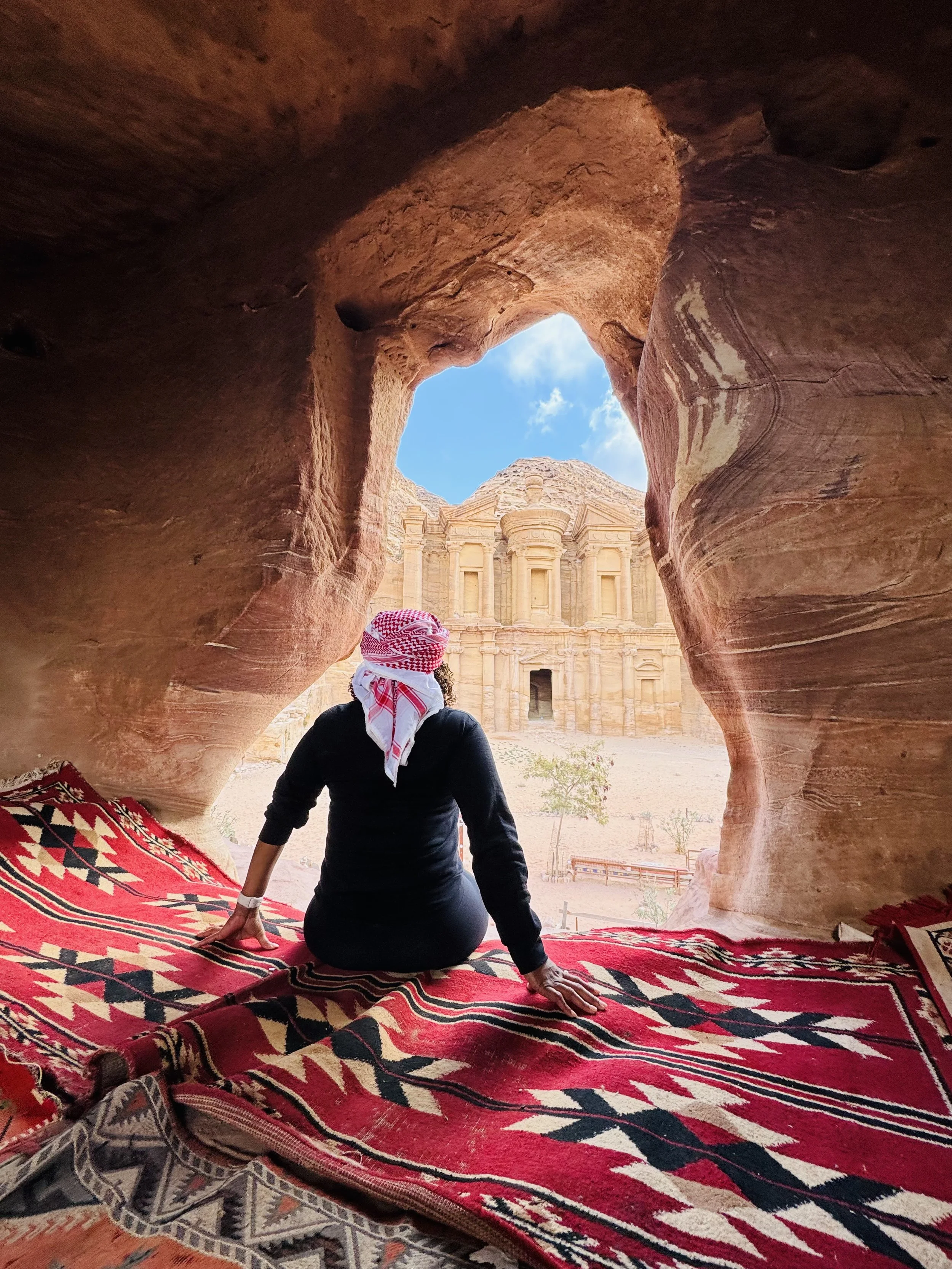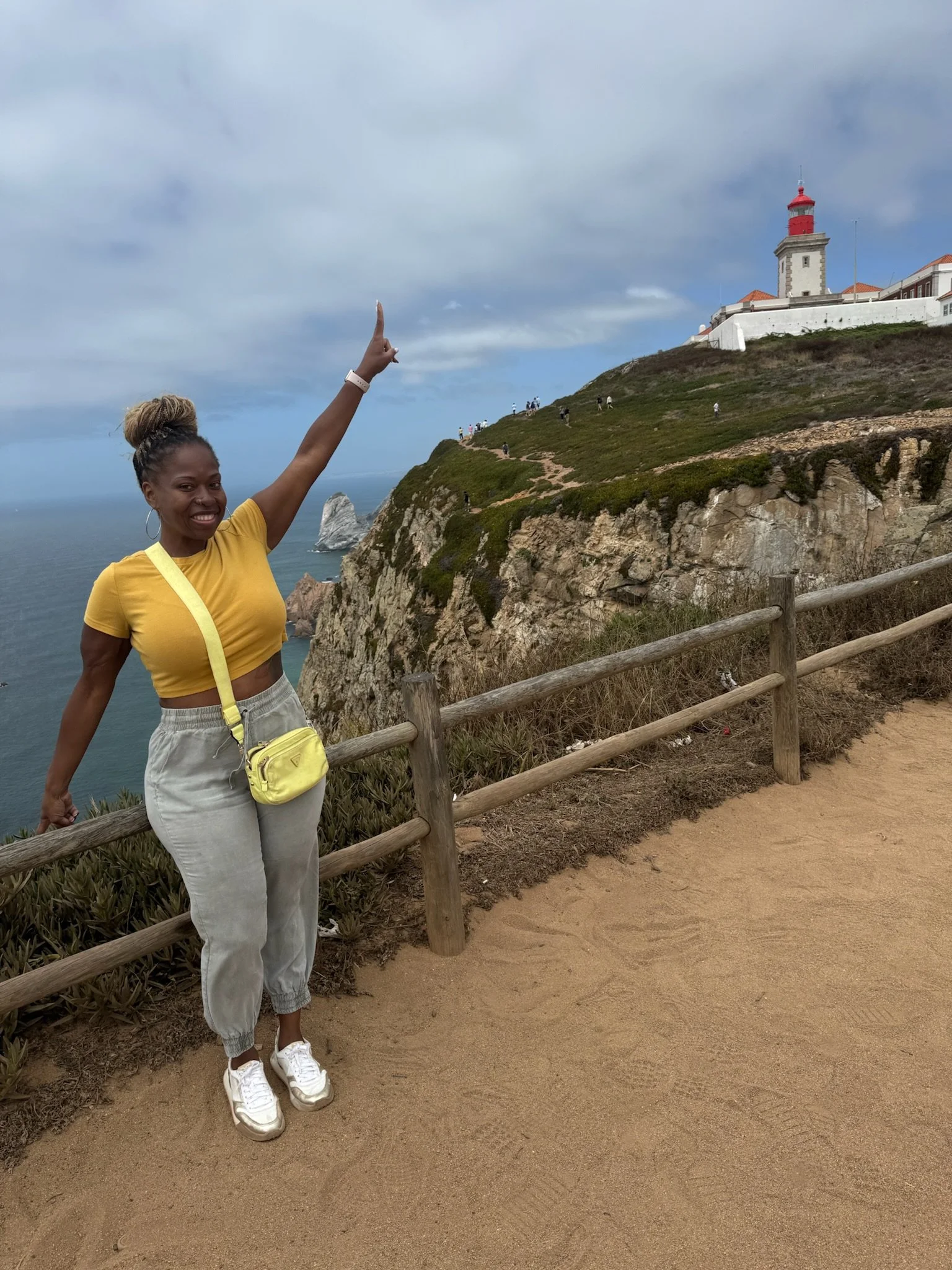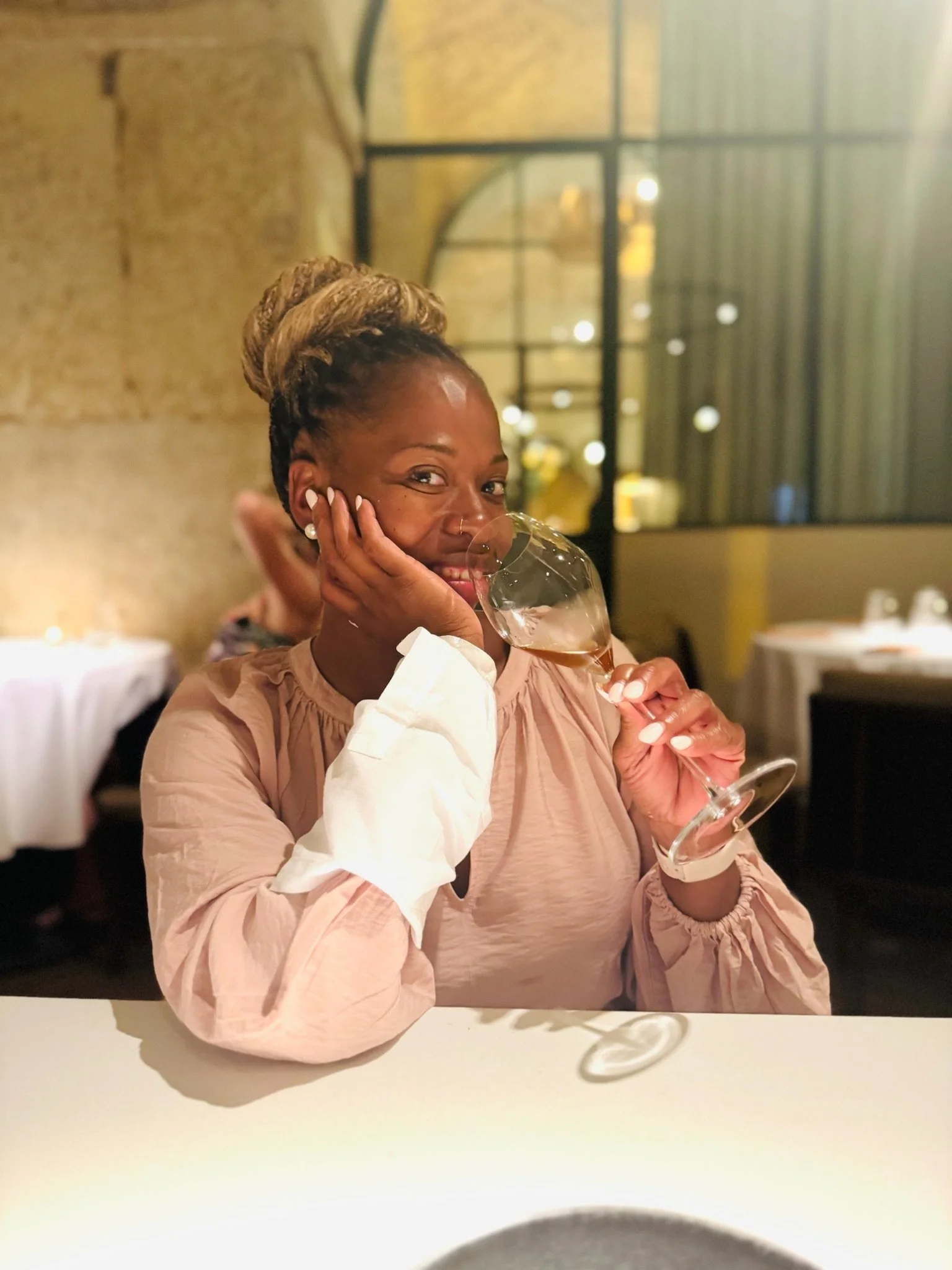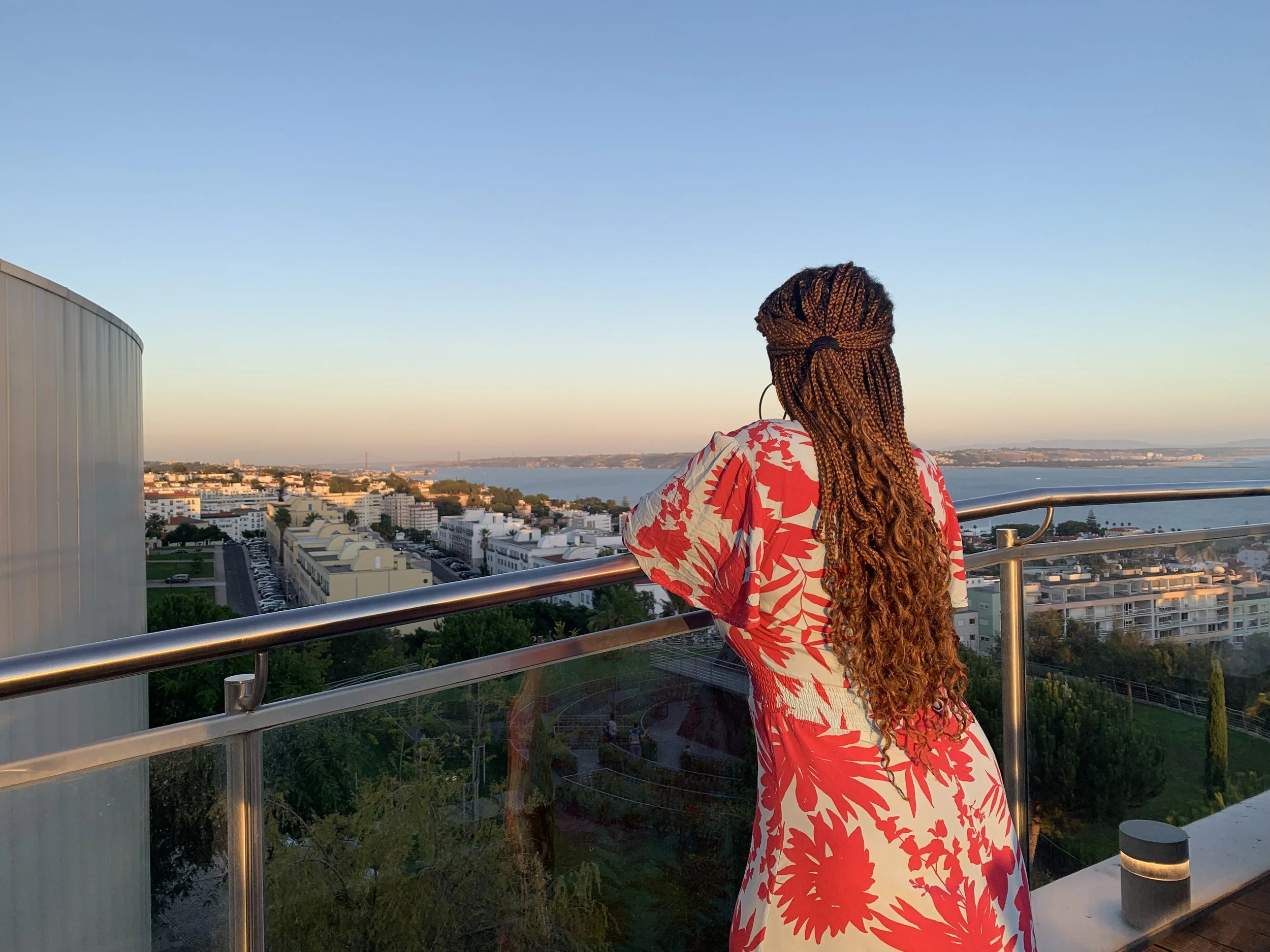10 Things I Let Go of to Get Free(ish) (Part 2)
Why Freedom Keeps Finding Me
Freedom doesn’t happen once. It keeps circling back to see if you’re still paying attention.
First, an honest return.
If you read Part 1, you remember my Maw-Maw, my mother’s mother. The woman who on Thanksgiving took off her uniform and walked out of Ms. Kruger’s house.
I’ve been thinking about her again. About the courage it takes to say, “I’m done,”even when the world tells you to keep going. The older I get, the more I understand her walkout wasn’t just defiance, it was discernment. She knew when her spirit was tired. She knew when enough was enough.
It’s been a minute since Part 1. I wanted to keep the weekly rhythm, but old patterns came calling—the ones that whisper work harder, do more, perfect it before you rest. I caught myself slipping into the same loops I thought I’d outgrown: running toward achievement and not stopping until I got “there”.
The truth? I can often let work consume me. Freedom is iterative. It’s a practice, not a permanent state. Every time I notice myself slipping into overwork or perfection, I get another chance to choose differently.
I’m still learning. Still growing. Still laughing at the ways I forget what I already know. Still catching myself mid-hustle whispering, “Sis, we said we weren’t doing this anymore.”
This isn’t just Part 2 of a blog post. It’s a continuation of a promise, to my maw-maw, to myself, to every Black woman who’s ever carried too much, who’s still learning the language of rest, and who’s not all the way free yet but brave enough to begin again.
In Part 1, I shared the first five things I let go of- the roles I learned to wear, the habit of saying yes when my body meant no, the difference between performing strong and being strong, the urgency that kept me tired, and the illusion that freedom meant doing everything all at once.
Each one loosened something. Each one taught me that freedom reveals itself layer by layer.
And now here we are, Part 2.
The next 5 lessons. The deeper ones.
Still unfolding, still learning, still free(ing).
Pause: When your old patterns knock, what new response could you offer this time?
The women before me built this freedom. I’m just learning how to live it.
6) I let go of the body that protected me.
My body was my first home and my first hiding place.
When I was heavier, I told myself I was invisible, but what I really was , was protected.
The weight gave me cover. Excuses. Distance. I didn’t have to risk being desired, or rejected, or seen. It built a buffer between me and a world that always seemed to want more from me than it was willing to give back.
When I started losing weight, people called it transformation. I called it exposure. Losing over one-hundred pounds didn’t automatically mean finding myself. If anything, it stripped away my hiding spots.
Suddenly, the same world that ignored me wanted to look back at me. Wanted access. Wanted to label me “disciplined”, “inspiring”, “worthy.” But I knew what many were really saying, even if they didn’t realize it: now you fit.
Freedom, I’ve learned isn’t found in a smaller body. It’s found in making peace with the one that carried you through the storm. It’s found in learning to belong to yourself no matter what body you’re in.
Now I move differently. Not because my body changed but because my relationship with her did. I’m learning to see her differently. Not as a before or after, not as a project, but as an ally.
Some days I still don’t recognize her. Y’all body dysmorphia is real! I spent years thinking I was smaller when I wasn’t, and now I think I’m bigger when I’m not. But this, too, is a part of the work: learning to see what’s true.
I talk to her gently. I thank her for the ways she’s carried me, for what she absorbed so I could survive. And I remind myself: she’s not my enemy. She’s the first part of me that ever knew how to love me.
Pause: What parts of you once kept you safe but know keeps you small?
She protected me. Now I protect her.
7) I let go of “healing” too quickly
My father died when I was seventeen. The summer right after high school, just weeks before I left for college in Atlanta. Everyone said, “He’d want you to be strong.” So I was.
I went to school, made the grades, built the life. And underneath all that strength, I was furious.
It’s been twenty-six years. and I still haven’t been back to that cemetery. But I know I will. And when I do, I’ll bring flowers, not anger.
For most of my life, I thought I’d forgiven him for dying so soon. That I had moved on. But what I’d really done was put healing on a timeline. Because as Black women, we’re taught to bounce back, to push through, to make the pain useful before it’s even been named. We learn to heal fast so we can get back to being strong.
But freedom asked me to slow down. To sit with what I skipped. To admit that I wasn’t just sad, I was angry. Really I was pissed! Angry at him for dying. Angry that I didn’t get a choice. Angry that “being strong” cost me softness I didn’t know I’d miss.
Now when a loss shows up in my life, whether it’s a person, a plan, a version of myself, I don’t sprint toward closure.
I give it space to breathe and let things close in their own time. And that’s where freedom found me, in the waiting.
Pause: Where have you tried to heal too quickly just to prove you were okay? What might happen if you let yourself feel it instead of fix it?
I don’t rush healing anymore. Freedom needs room to breathe.
8) I let go of the fear of being seen
I spent years learning how to be small. How to say just enough. How to make people comfortable. I called it humility, but really it was hiding.
As I mentioned above, visibility can feel like exposure. Many Black women are taught to shine just enough to be praised, not so much that it makes anyone uneasy. So many of us master the art of what I call the measured glow. Competent but not “too ambitious:, confident but not “too loud”, radiant but still safe.
But you can’t build a free life while living on a dimmer switch. And I got tired of shrinking in rooms I was born to expand.
So, I started keynoting, writing, and getting in front of people, even though it makes me mad nervous and uncomfortable. Not to perform, but to practice visibility. Every word I share here, every photo, every story, it’s me saying, “I’m done hiding.” It’s me reclaiming the parts I used to edit out for everyone else’s comfort.
Freedom found me when I stopped translating myself to be understood. That doesn’t mean I stopped being adaptable; it means adaptation became a conscious, strategic choice not a survival reflex. I can be seen in full- complex, soft, opinionated, joyful, healing, whole- and still be safe.
That doesn’t mean I never feel exposed. I still do. But I remind myself, I can’t be both invisible and free.
Pause: Where have you been dimming your own light just to stay liked, employed, or accepted. What would it feel like to be fully seen by others and even more importantly by yourself?
I stopped translating myself to be understood. Freedom looks good on me.
9) I let go of should.
A few weeks ago, my mom was visiting my sister in Atlanta. I asked them to stop by my house to check on some renovations before a new tenant moved in. The automatic lock on the door jammed, and I hadn’t left my sister a key. My mom said, “You should have…”
And whew! That “should” hit a nerve. It wasn’t about the key. It was about every should I’ve ever carried. The should’ve known better the should’ve done more, the should’ve stayed quiet, the should’ve stayed put.
That one word use to run my life. You should smile. You should make it work. You should be grateful. The “shoulds” made me a professional shape shifter. I stayed longer than I wanted, I worked harder than I needed, and apologized for wanting something different.
So when my mom said it, that old reflex, that quiet ache of responsibility, showed up. But this time I caught it. I took a breath and probably said in a snappy tone (it was late so sorry mama!) “You’re right I should have but I didn’t. And it’ll be okay.”
That’s growth. Not defending the old me, just releasing her.
Freedom for me sounds like replacing should with choose. I choose to listen to what fits now. I choose to let timing and alignment guide me instead of guilt and expectation.
I’m learning that “good enough” isn’t laziness, it’s the boundary that lets me rest, create, and live in the moment instead of auditioning for approval. I’m becoming my own lighthouse.
Pause: What’s the loudest “should” still echoing in your mind? Whose voice is it really, yours or the world’s?
I stopped living by “should”. I’m learning to choose instead.
10) I let go of measuring my worth by how much I could carry
For most of my life, I built by addition- more wins, more titles, more proof that I was enough. If I could carry it, I did.
Someone once told me I reminded them of Angelica Schuyler from Hamilton. “She’ll never be satisfied”, they said. And I laughed because it was true. Back then, satisfaction felt like settling. Rest felt like weakness. If I could hold it all, I would.
But freedom asked a different question. What’s worth setting down?
I used to think growth meant collecting. Now I know it means clearing. Because every yes costs something- time, rest, breath, self. And the truth is, I was carrying a version of myself that looked successful but lived tired.
I lost the one the world applauded. The reliable one, the fixer, the one who made hard things look easy. She got me here, but she’s not the one who’ll get me free.
So I’m learning to release without resentment. To say, this mattered once, and still let it go. To stop clinging to what’s complete just because it used to hold me.
These days freedom doesn’t shout. It hums quietly in the background of my life in long walks from the market, in dinners that turn into after parties, in mornings where nothing is urgent.
I don’t have it all figured out, but I have lighter hands now. And maybe that’s enough for today.
Pause: What can you set down, not because it failed you, but because it’s simply done it’s job?
Lighter hands, softer days.
An Ongoing Practice
When I started writing Parts 1 and 2, I thought I was naming what I’d already released. But I see it now. I was writing about what I’m still returning to.
Freedom isn’t a one-time arrival. It’s a rhythm I relearn every day. Some mornings I wake up light, and other days, I still reach for what I swore I’d already laid down.
But even that is freedom, noticing the pattern, choosing again, and forgiving myself for forgetting.
I think about my Maw-Maw often when I write these posts. I carry that same courage in smaller ways now. In saying no when it costs too much, in taking my time, in laughing instead of rushing. That’s her legacy in me. That’s freedom doing it’s quiet work.
To every woman reading this, especially my sisters, my mama, my aunties, my cousins, my friends in the struggle of softening, I hope you know: You don’t have to be fully healed to be free. You just have to be willing to loosen your grip. Because everytime we let go of something that no longer fits, we create more space for what does.
And maybe that’s the point. To keep returning to our true selves, again and again.
Still unfolding. Still returning. Getting free.
What spoke to you?
If it resonated, leave a comment to share with our community and share it with someone who’s learning to loosen their grip, too. Let’s keep finding her- together.
New posts, once a week. Gentle, honest, no spam—ever.
